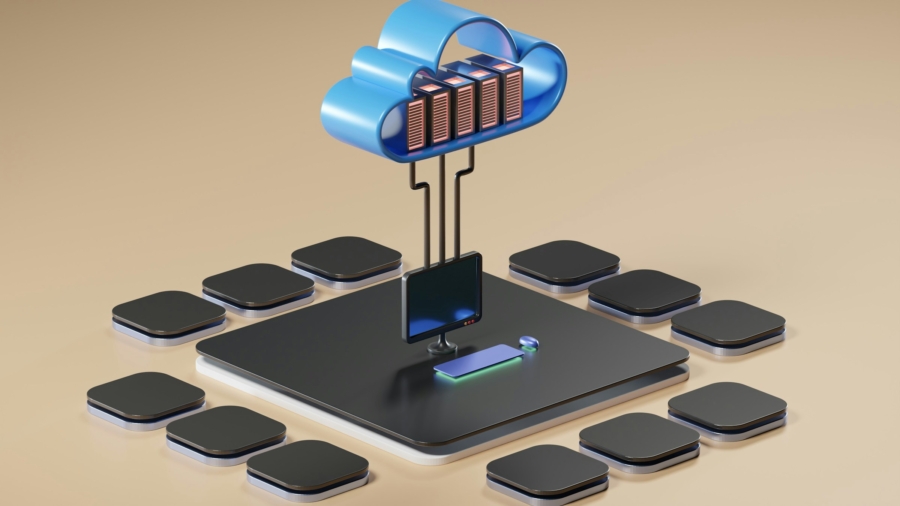Cloud Gaming and Remote Gaming
Before I start going through the op-ed, I do need to state there could be some confusions no thanks to mixed use of marketing terminologies. There are two competing, albeit not in the same league to begin with, standards of “remote gaming”, one is from the cloud and the other is from your own device, such as a gaming PC or a stationary console. GeForce NOW is in former category and supports different platforms of clients, meaning the actual computation is done on the cloud; whereas the remote gaming is based on your hardwares, and service providers are simply connecting your client device to your host device.
Services such as GeForce Now, cloud gaming, can theoretically run on most devices. The emphasis is on the definition of “most”, because generally the service providers are the one who are solely deciding which devices should be supported or not. Some smart TVs have an app for cloud gaming, but, as we all know, smart TVs are also notorious for not providing long term software support. After factoring in region locks, stable connections, — none of which you have control over — it begs the question what would become of your experience on a platform if something turns South.
I’m quite reluctant to propose remote gaming as an alternative, as most of the troubleshooting I ended up seeing were heavily reliant on upgrading home network. In other words, simply having two devices aren’t enough to deliver the ‘best of the both worlds’ experience. There is the obvious lack of convenience factor. Cloud gaming is a subscription service, and with the high tier, comes with better graphics. Same cannot be said with remote gaming. And if you are connecting from the outsides, say, while traveling, then we are reintroducing the reliability of connections.
PlayStation Portal, in my view, is what muddies the water the most. It is a peripheral, not a portable console like Switch or a handheld gaming PC like Steam Deck. The device is capable of streaming from both PlayStation Plus or from the user’s own console, which means the owner of the peripheral can freely hop between the cloud and the console. Portal also makes it abundantly clear why cloud gaming isn’t for everyone yet; PlayStation’s Cloud Streaming isn’t available in all parts of the world, let alone the countries known to have stable internet infrastructure.
If we start counting Steam Deck and alike also as potential candidates, or any devices that support remote play, I think there is a good argument to be made about the future of cloud gaming. Once cellular 5G network becomes even more affordable and its modems power-efficient, it would be more affordable for gamers to simply subscribe to a streaming service than to own a PC only to upgrade it continuously. If all else fails, the device still retains its most basic function as a mobile gaming device.
But none of these arguments and hypotheses would be meaningful if your network isn’t up to the task, hence why I was laying the groundworks. None of the service providers have thorough analytical tools, much else documentations, for better experience. In fact, most I could find was often only the recommended bandwidth. These are subscription services that are, at best can only refunded at the mercy of the providers, or at worst can only be stopped from recurring charges. If these services — and peripherals, let’s not forget — to take off properly, consumers need: better understanding of their own home network, and their access to the internet, or more precisely, to the server.
I remember when Netflix was slowly starting to take off, it was clearly a matter of time before the company fully transition from a mail-based rental service to an online streaming platform. Streaming of video is always one-way, and the average speed of the internet, especially download speed, offered to homes is always growing. Streaming of games, however, is two-way, and there is inherent need for the responses to be instantaneous. If we are to be served a subscription-based future of gaming platforms, there are some works ahead of them before selling the miracle console of the future.
